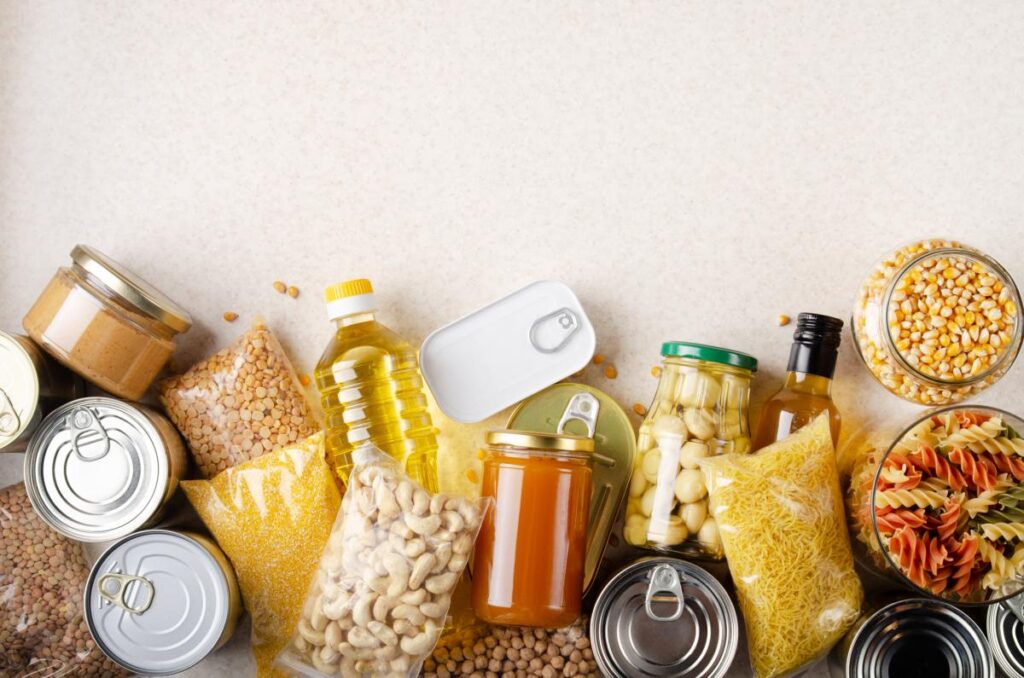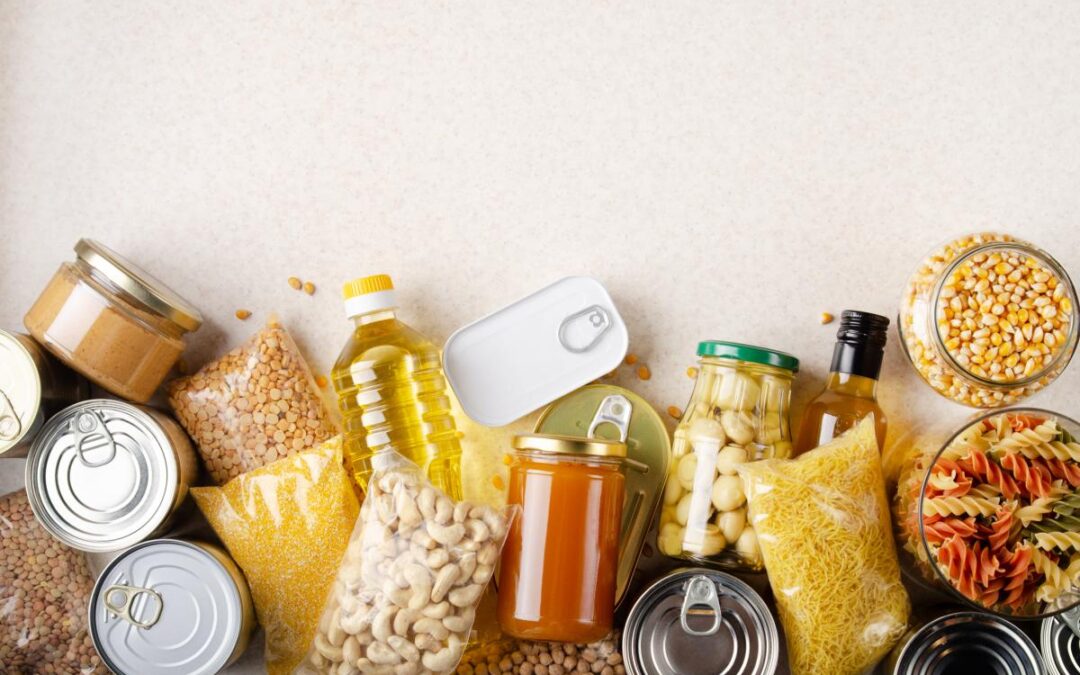
There are countless ways to organize the pantry (and the fridge), and a change in seasons is the perfect time for a fresh start.
Cleaning out your pantry from time to time is a must, especially for those avoiding the wrong foods. After a year of living through a pandemic – between working from home, the pressure to stockpile, and many other stressors – you may find your pantry in worse shape than ever. Don’t fret; you’re not alone.
The good news: There are countless ways to organize the pantry (and the fridge), and a change in seasons is the perfect time for a fresh start.
Why it’s important:
For starters, a cluttered pantry can foster unhealthy eating habits, said Andrea Bookoff, MS, RD. “We tend to eat with our eyes, so we’re more inclined to grab what’s directly in front of us – ignoring what’s pushed to the back.”
Not only can this lead to waste, but it diminishes the diversity of our diets, as we’re eating the same things over again.
Eating out of a cluttered pantry is also unmindful and not respectful to our bodies, adds Cheri Leahy, RDN, CSOWM. “Food is a key form of self-love. If you’re eating recklessly, you’re not getting the nourishment you deserve.”
Where to begin:
If you have the time – or perhaps a rainy day to take advantage of – unload everything from your pantry and start sorting through it. For some people, this may be unrealistic. You can certainly clean and re-organize shelf by shelf, over time.
Next, come up with a system. “Everyone’s lifestyle is different, so you’re going to respond best to a system that makes the most sense to you,” Bookoff says. Plus, you have to make the most of the room you have.
You can try organizing items by meal (i.e., your favorite ingredients for oatmeal, smoothies, pasta dishes, and so on would be grouped together) – which is Leahy’s preferred method. Or you can categorize your items into oils; spices; grains; starches; canned veggies; canned fruits; canned fishes; snacks; etc. – which is Bookoff’s preferred method.
You may separate sections with baskets or bins, color-code, or label things – whatever keeps you on track. One of the most helpful tricks, however – particularly for bariatric patients focusing on proper portion control – is to store things in see-through containers or jars, Leahy suggests.
“Keeping things like cereal, chips, and pasta in their packaging can perpetuate poor habits, like grabbing however much you want,” Leahy says. “When we’re able to see into the container, we can reflect how much of/how quickly we’re going through something. It can help us determine what to replenish more and what to maybe cut back on.”
What to toss:
This is simple; get rid of any expired, rotten, or stale items. If there are non-perishables that you don’t want anymore, you can donate them to a nearby food bank, Bookoff says.
Next, you’ll want to take a second look at the nutrition labels (on newer items or ones you don’t use as often) and ensure that you recognize every ingredient, Leahy explains. “We always say, if you don’t know what something is – or can’t pronounce it – you probably shouldn’t be putting it in your body.”
What to stock up on:
Any staple food items that you are always running out of are ones you should stock up on, Leahy says. Not to mention, buying in excess may not fit your lifestyle or budget. Sometimes you don’t know what you want to cook a couple of weeks out, and that’s okay!
How to take advantage of seasonal favorites:
It’s a common misconception that healthy foods are always more expensive than junk food. You can actually find plenty of fresh and affordable produce at local farmer’s markets and grocery stores, Bookoff adds. Usually what’s in season is cheaper.
Some springtime favorites in New Jersey include:
- Artichokes
- Arugula
- Asparagus
- Corn
- Fava beans
- Green Garlic
- Lettuce
- Radishes
- Rhubarb
- Spinach
- Strawberries
- Thyme, parsley, and other herbs
- Wild Mushrooms
Of course, nobody – or no pantry – is perfect. What’s important is that we remember to reflect on what we’re buying and consuming to help us stay on track.
Jefferson Health – New Jersey

